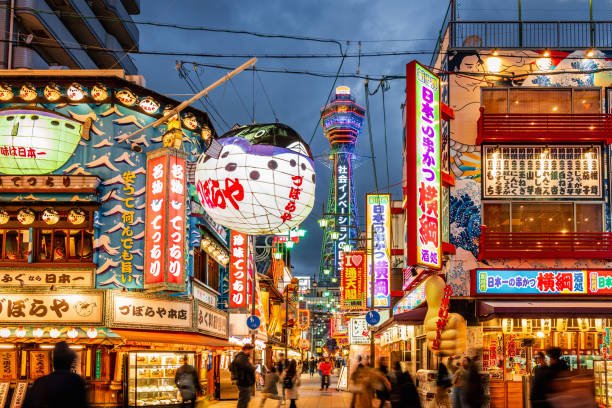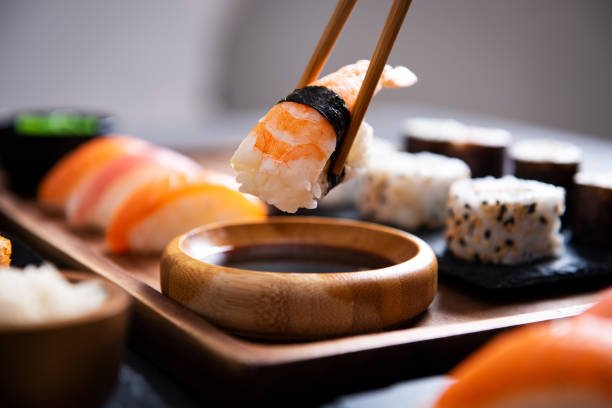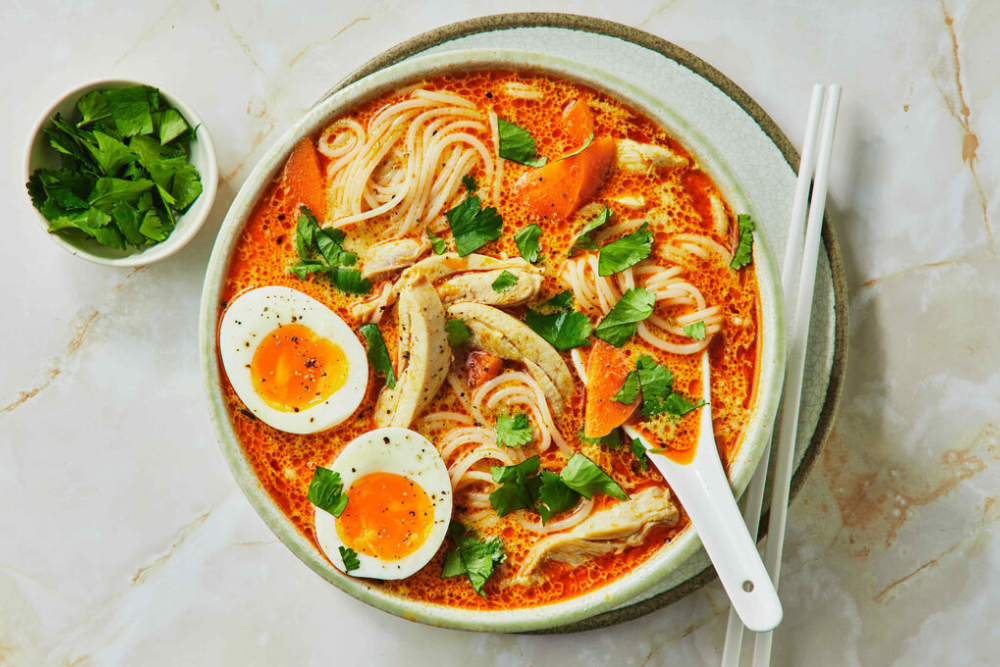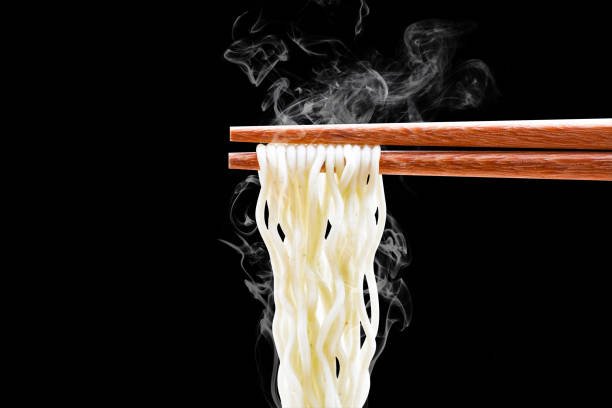Japan, which is just famous for its beaches, high-tech lifestyle and tall skyscrapers, is amazingly profound in its cuisine and culinary traditions too. Japan and its delicious dishes offer the perfect blend for its visitors who cherish this feature of Japan, with gret enthusiasm and cheer. Japan and its cuisine, is just supreme and authentic.
Introduction:
Japan is celebrated worldwide not only for its breathtaking landscapes and rich cultural heritage but also for its exquisite cuisine. Japanese food is an art form that balances taste, texture, and presentation. From the bustling markets of Tokyo to the tranquil tea houses of Kyoto, Japan’s culinary traditions are as diverse as they are delicious.

1. Iconic Dishes
Japan boasts a variety of iconic dishes, each with unique histories:
- Sushi and Sashimi: Originating as a preservation method for fish, sushi has evolved into an art form with endless variations.
- Ramen: A beloved comfort food, ramen has regional variations like miso-based Sapporo ramen and soy-based Tokyo ramen.
- Tempura: Introduced by Portuguese traders, tempura exemplifies Japan’s ability to adapt and perfect foreign influences.
- Okonomiyaki: This savory pancake, popular in Osaka and Hiroshima, showcases Japan’s creative use of ingredients.
- Kaiseki: A multi-course meal that originated in Kyoto, kaiseki highlights seasonality and meticulous presentation.

2. Foundations of Japanese Cuisine
At the heart of Japanese cooking are simplicity and seasonality. Key staples include:
- Rice (Gohan): A cornerstone of almost every meal, rice symbolizes sustenance and tradition.
- Soy-based products: Ingredients like soy sauce, miso, and tofu add umami—the fifth taste—to dishes.
- Seafood: With Japan’s location as an island nation, fresh seafood is integral, often served raw as sashimi or sushi.
- Seasonal Vegetables: Ingredients are chosen based on the season, ensuring fresh and flavorful meals.
The balance of these elements creates meals that are not only nourishing but deeply satisfying.

3. Regional Specialties
Japan’s diverse regions offer unique culinary delights:
- Hokkaido: Famous for its seafood, dairy products, and hearty dishes like miso butter ramen.
- Kyoto: Known for kaiseki cuisine, matcha sweets, and yudofu (hot tofu).
- Osaka: Often referred to as “Japan’s Kitchen,” it’s the birthplace of takoyaki (octopus balls) and okonomiyaki.
- Okinawa: Offers unique dishes like goya champuru (stir-fried bitter melon) and soba noodles with a distinct flavor.
- Fukuoka: Renowned for its tonkotsu ramen and street food culture.
4. Traditional Cuisine
While Japan values tradition, it also embraces innovation in its cuisine:
- Fusion Cuisine: Japanese chefs blend local flavors with global influences, creating dishes like sushi burritos and matcha-flavored desserts.
- Convenience Store Cuisine: High-quality meals from konbini (convenience stores) are a testament to Japan’s culinary ingenuity.
- Plant-Based Japanese Dishes: With the global rise of plant-based diets, traditional dishes like vegetable tempura and soba are gaining modern twists.

5. Cultural Practices
Dining in Japan is steeped in etiquette and traditions:
- Chopsticks: Avoid pointing or sticking them vertically in rice.
- Slurping: Considered polite when eating noodles, as it shows appreciation.
- Presentation: Food is served to reflect the beauty of nature, with dishes often arranged to evoke seasonal themes.
- Tea Ceremony: A cultural ritual that celebrates matcha and mindfulness, offering a deeper appreciation of Japanese hospitality.
Conclusion:
Japanese cuisine is more than just food; it’s a reflection of the country’s culture, values, and artistry. From its emphasis on seasonality and simplicity to its meticulous presentation, Japanese food offers a sensory and spiritual experience. Whether you’re enjoying a humble bowl of miso soup or an elaborate kaiseki meal, every bite tells a story. Embark on this culinary journey, and savor the flavors of Japan—a feast for both the palate and the soul.












